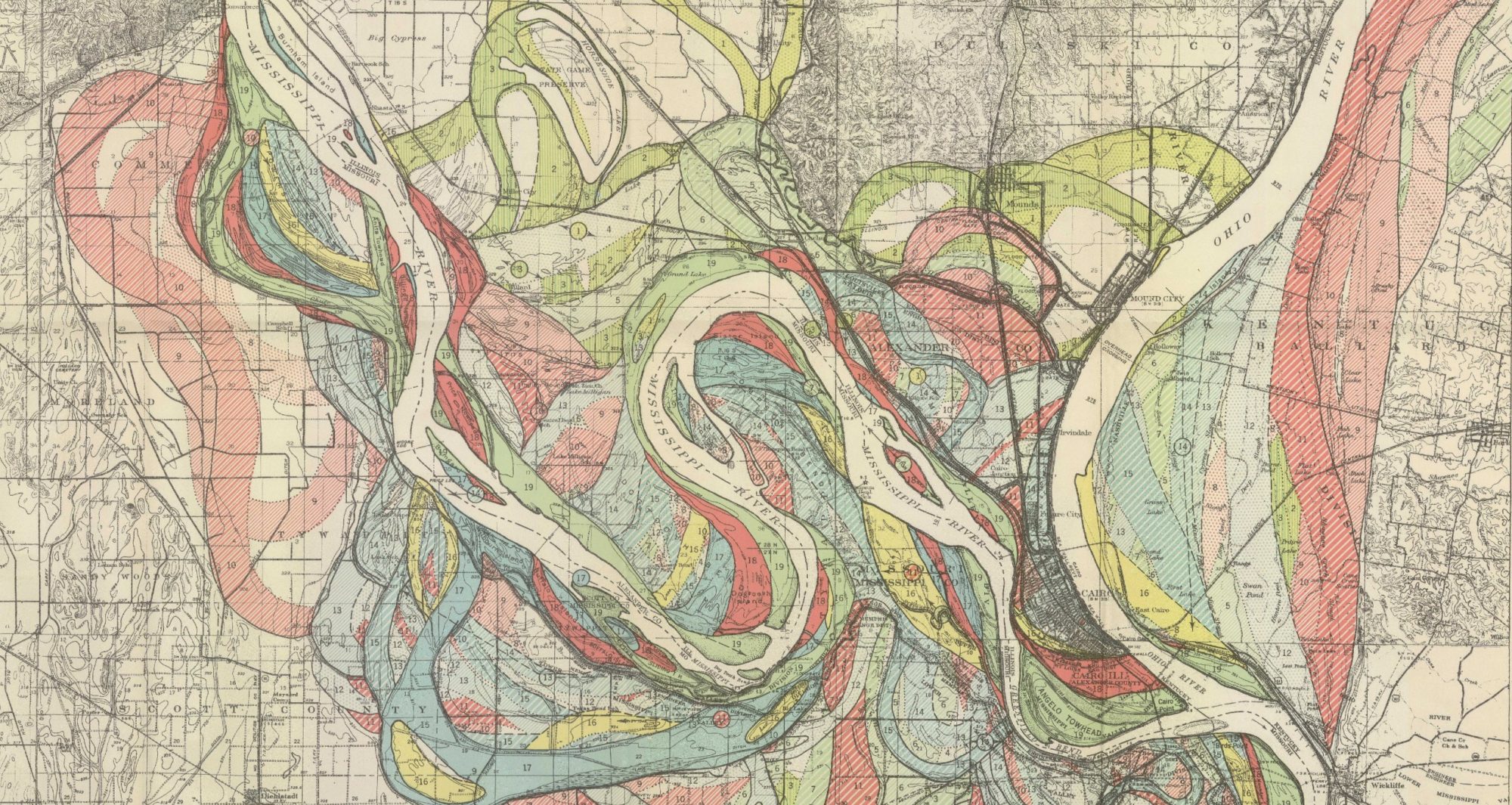This storymap was on futbol/soccer stadiums in the United States and how different things impact their creation and continued use. The story map not only explains the locations of the stadiums but also different leagues that have existed in the country, and still do today such as the MLS, NSWL, and the USL. The map also included how these different leagues also would share geographical spaces, or in other cases be more spread out. In addition the story map explains United States culture around futbol but also how it fits into futbol culture around the world.
The use of several different maps to show physical location, change over time, and comparison was one of this maps strengths. In addition the way in which the story map told the story was a large assets The story of culture intertwined with organization is something that can not always be told linearly, but this story map did a great job of including enough information in the right sections, in a way that was not overwhelming. Another thing that was very impressive about this map was the use of different medias- images, timelines, even a video.
This map had many strengths and I felt it was a very effective story map, my only critique is that it might have been beneficial to use different types of maps, along with the maps that showed the physical locations of the stadiums. I enjoyed how culture was tied into so it might have been interesting to have seen a map to represent that in some way.
This story map is an excellent example of how storytelling and maps can work well in complimenting each other to show a more complete story.

